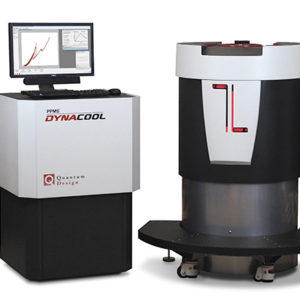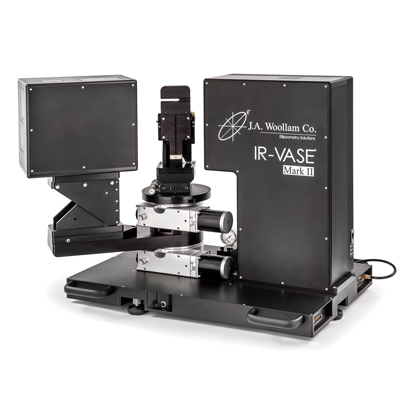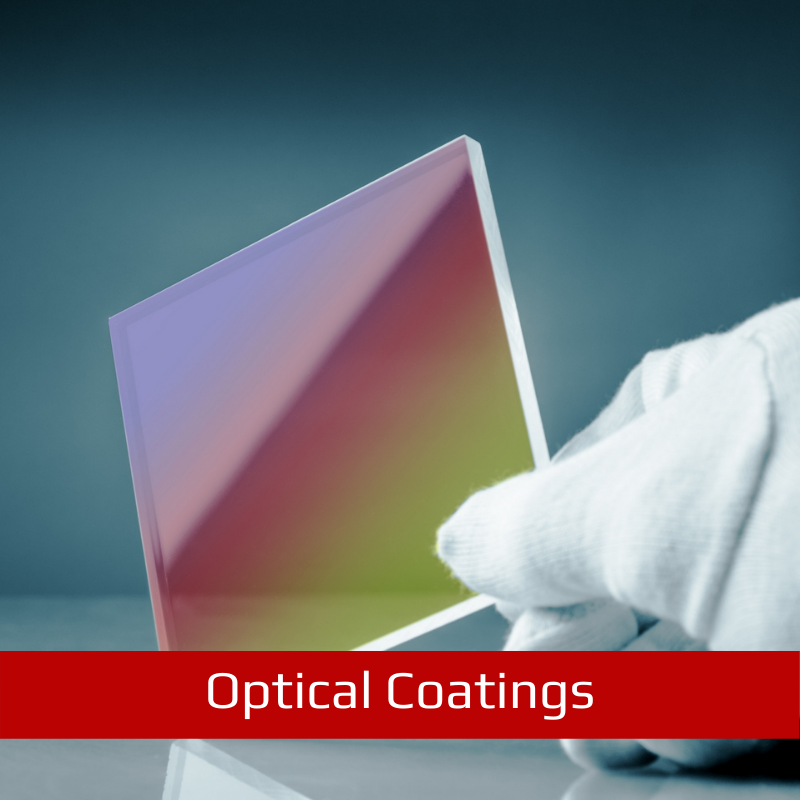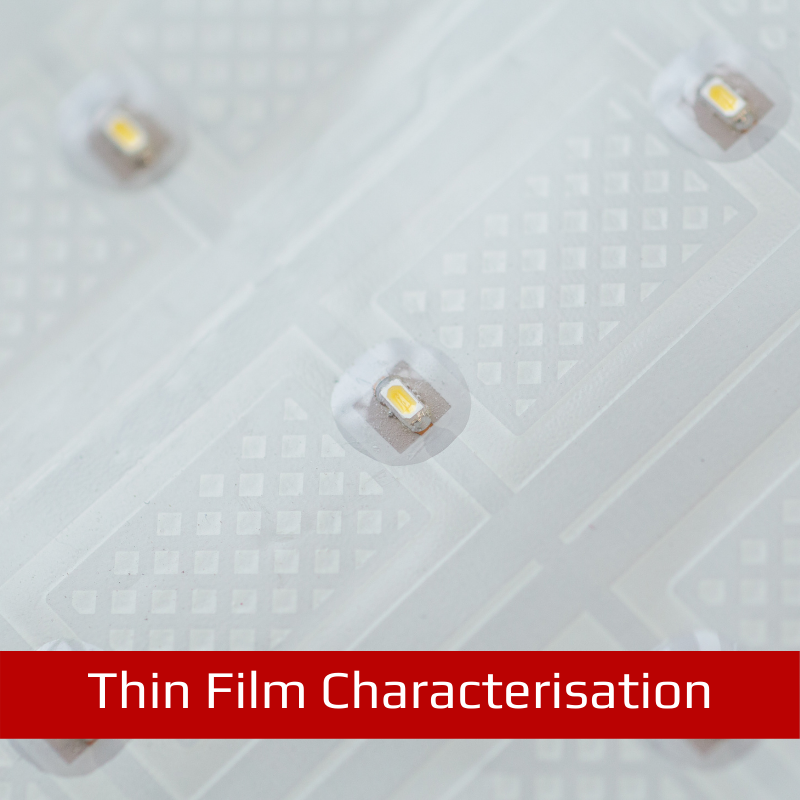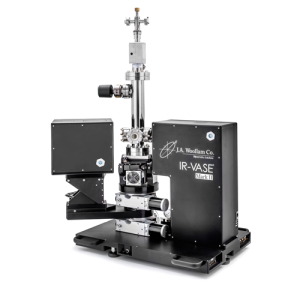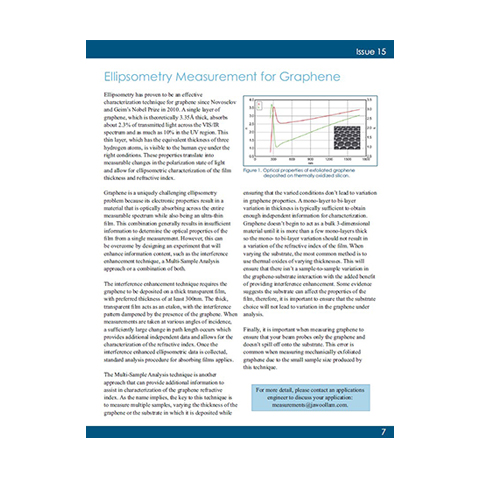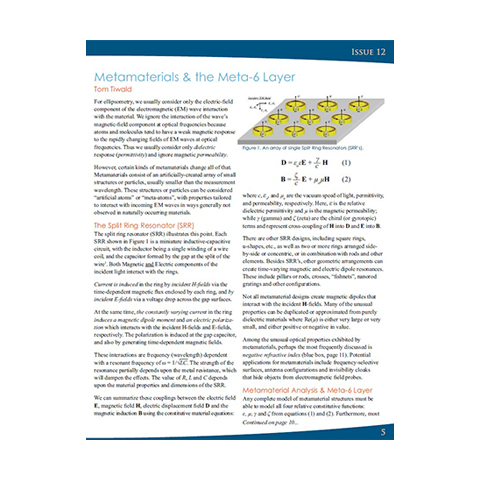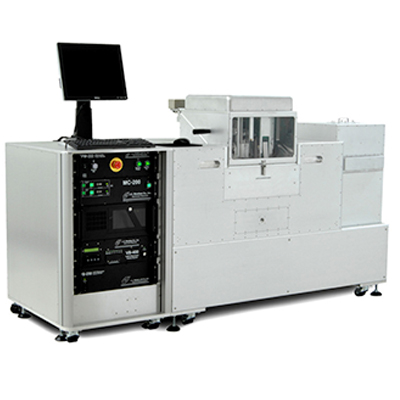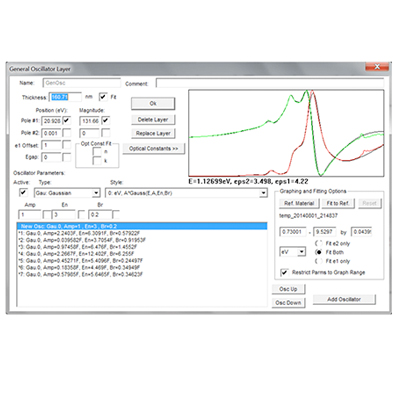- Features
- Options
- Videos
- Downloads
- Applications
- Related Products
- Contact
- Back To Spectroscopy
- Back To Optics
- Back To Hyperspectral
- Back To Cameras
- Back To X-Ray
- Back To Light Measurement
- Back To Characterisation
- Back To Electron Microscopy
- Back To Magnetometry
- Back To Ellipsometers
- Back To Cryogenics
- Back To Lake Shore
J.A. Woollam IR VASE II Spectroscopic Ellipsometer
Ellipsometer for thin films and bulk materials characterisation
The IR-VASE® is the first and only spectroscopic ellipsometer to combine the chemical sensitivity of FTIR spectroscopy with thin film sensitivity of spectroscopic ellipsometry. The IR-VASE covers the wide spectral range from 1.7 to 30 microns (333 to 5900 wavenumbers). It is used to characterise both thin films and bulk materials in research and industry. This rapidly growing technology is finding uses in the optical coatings, semiconductor, biological and chemical industries, as well as research labs.

The IR-VASE offers non-contact, non-destructive measurements of many different material properties. Measurements do not require vacuum and can be used to study liquid/solid interfaces common in biology and chemistry applications.
FEATURES
- WIDE SPECTRAL RANGE
- Covers near to far infrared. 1.7 to 30 microns (333 to 5900 wavenumbers). Resolution from 1cm-1 to 64cm-1
- HIGH SENSITIVITY TO ULTRA-THIN FILMS
- Spectroscopic ellipsometry data contain both “phase” and “amplitude” information from reflected or transmitted light. The phase information from IR ellipsometry offers higher sensitivity to ultrathin films than FTIR reflection/absorbance, while retaining the sensitivity to chemical composition.
- NON-DESTRUCTIVE CHARACTERISATION
- The IR-VASE offers non-contact, non-destructive measurements of many different material properties.
- NO BASELINES OR REFERENCE SAMPLE REQUIRED
- Ellipsometry is a self-referencing technique that does not require reference samples to maintain accuracy. Samples smaller than the beam diameter can be measured because the entire beam does not need to be collected.
- HIGHLY ACCURATE MEASUREMENT
- Patented calibration and data acquisition procedures, provide accurate measurements of Ψ and Δ over the full range of the instrument. The IR-VASE can determine both n and k for materials over the entire spectral range from 1.7 to 30 microns without extrapolating data outside the measured range, as with a Kramers-Kronig analysis. Perfect for thin films or bulk materials including dielectrics, semiconductors, polymers, and metals.




